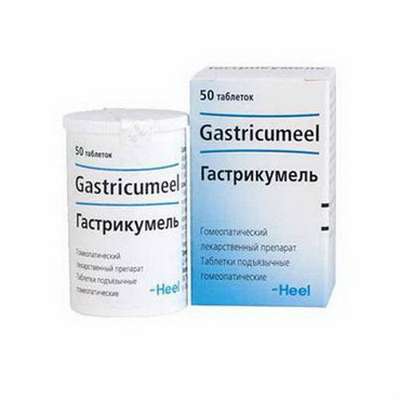Why do people cry?
22 Oct 2016
Physiologist talks about the difference between tearing and crying, stress hormones and mechanisms of allocation of tears.
In order to answer this question, we need to distinguish between two concepts: tearing and crying. Lacrimal fluid is produced constantly and helps protect, wetting and nutrition eye tissues, because the cornea is not the most blood vessels capable of providing its food. Increased lacrimation - a protective reaction of the organism to external stimuli, the action of which is allocated tear fluid, which provides additional protection for the eyes. The tear, as well as in saliva contains lysozyme, which has an antimicrobial effect. Tearing may also occur when yawning, action pungent smells, odors such as onions or peppers. When these stimuli triggers a special protective reflex, similar to those that occur when a person hit or pricked. Reflex tearing at irritation of the mucous membranes occurs due to excitation of receptors sensitive fibers branches of the fifth cranial nerve - the trigeminal nerve. This tearing may also occur in some species.
Mechanisms for allocation of tears when crying differ from tearing mechanisms. Lamentations - is primarily an emotional response inherent to man. Most often, people are crying, experiencing negative emotions, but strong and positive emotions can also cause crying. In this case, the secretion of tears is provided by the emotion-the limbic system of the brain. The command is transmitted to the lacrimal gland due to the parasympathetic division of the autonomic nervous system, which is due to the release of acetylcholine, a neurotransmitter of the parasympathetic system, increases the secretion of tear fluid. Isolation tears during emotional arousal - grief, sorrow, religious feelings - is provided participation of the limbic structures that control various autonomic functions of the body - the hippocampus, septum, hypothalamus.
Limbic structures of the brain are signaling the facial nerve - the seventh pair of cranial nerves. Thus, innervation and increased secretion of tears mediated by parasympathetic fibers of the seventh cranial nerve. The parasympathetic nervous system department has a relaxing and calming effect, its activation leads to the restoration of the body after various stresses. So people say that a small tear heals great sorrow. Increased parasympathetic system relieves the body from stress, excessive stress and promotes sleep. The mechanism of allocating tears of joy is the same as with sadness: it is provided by the same excitations emotiogenic brain structures.
It is known that in the tear, which is provided emotional arousal structures contain certain hormones such as prolactin, adrenocorticotropic hormone. Adrenocorticotropic hormone stimulates the release of cortisol in the adrenal glands. Cortisol is the main hormone that creates change in the body's functions under different stresses. Prolactin is also considered one of the stress hormones. Like other peptide hormones, it has a broad effect on the different organs. In particular, the prolactin increases lactation in the mammary glands, and has analgesic effect. It is believed that it reduces the feeling of pain when biting a child the mother's nipples.
Phenibut and Afobazol reduce tension, anxiety, fear, and improves sleep
Also, if weeping in tears of increased hormone content antinociceptive (analgesic) system - enkephalin, which reduces the feeling of pain and an inducer of positive emotional states of euphoria and happiness.
In addition to increasing the secretion of tears, cut certain facial muscles when crying, which lead to the twitch of the lips, nose, to sob, the movements of chewing muscles.
Crying has an important communicative function: it allows you to better communicate to members of the community and understand other people's emotions. For example, in the old days in the Russian villages were even special mourners, who were invited to the funeral to create a general atmosphere of grief and sorrow. For example, thanks to pay the child's mother better understand his condition and needs. It is believed that a child up to 4 months when crying tears were not yet allocated, as special nerve pathways for this has not yet been formed.

 Cart
Cart





